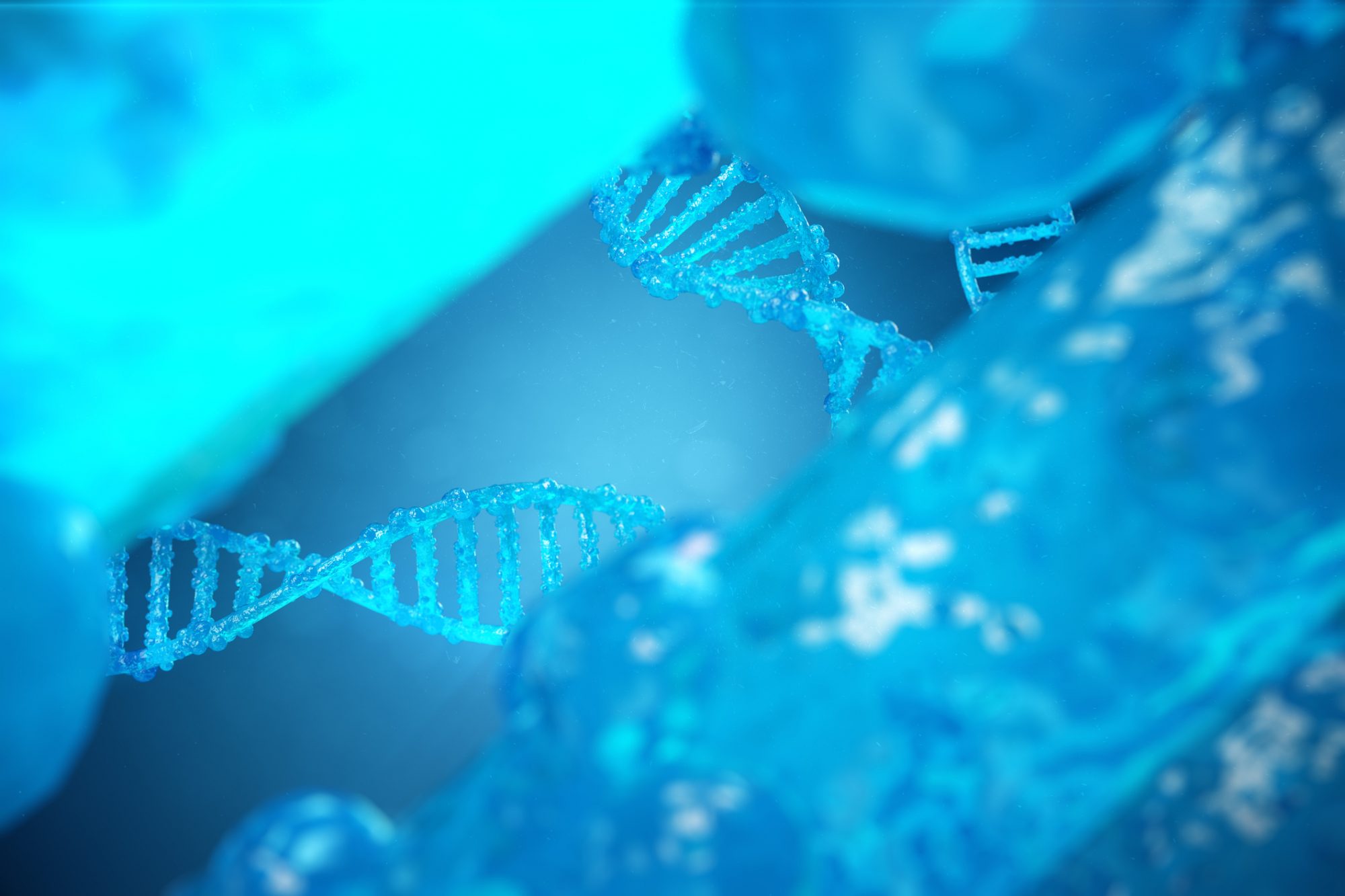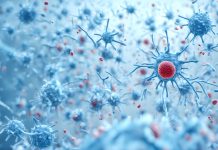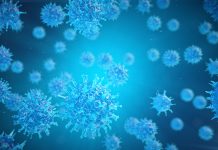Cecilia Van Cauwenberghe from Frost & Sullivan’s TechCasting Group, addresses cerebral creatine deficiency syndrome through genetic treatments
Inborn errors of metabolism (IEMs) are a wide scoping set of disorders induced by the disruption of a metabolic pathway (Salazar, 2020). A specific inborn error of metabolism of interest in this work is cerebral creatine deficiency syndrome (CCDS), caused by an inherited defect of creatine metabolism in the brain. CCDS represents a group of rare genetic disorders primarily characterised by intellectual and speech disability, behaviour disorder, autism spectrum, movement anomaly and chronic cerebral seizures.
Although the whole molecular base genetics mostly triggering these disorders is complex, SLC6A8, GAMT, and GATM have been identified as genes responsible for CCDS (Shen et al., 2022). Loss of function (LOF) mutations in the SLC6A8 creatine transporter (CT1), for instance, results in CCDS. Therefore, CCDS are subdivided into groups: creatine transporter defect (CTD); guanidinoacetate methyltransferase deficiency (GAMT); arginine: glycine amidinotransferase deficiency (AGAT).
According to the U.S. National Institute of Health (NIH), CTD is estimated to account for 1-2% of all genetic intellectual disabilities, whereas GAMT deficiency represents one out of 2,640,000 to one out of 550,000 patients being diagnosed. The prevalence of AGAT is not known because of a lack of studies.
Therapeutics aspects & precision medicine frameworks
In the clinic, Cerebral creatine deficiency syndrome has been well characterised; therefore, it is well-known that mutations within these three key genes are the primary drivers of the disease. From a molecular standpoint, the underlying cause of CCDS is related to deficiencies in cellular energy homeostasis and an inability to maintain cellular energy sources at the right levels to enable the cells to support numerous critical metabolic pathways per function (Patel et al., 2018).
The development of effective long-term treatment schemes for CTD patients poses a major challenge to the scientific community. Traditional therapeutic avenues are related to creatine substitutes. Recent investigations have focused on gene therapy and the use of allosteric modulators as potential treatments for CTD. Allosteric modulators acting on monoamine neurotransmitter transporters also hold the potential to become effective potentiator molecules that can be designed to restore creatine transport in the loss-of-function CRT1 variants linked to CTD (Farr et al., 2020).
“Allosteric modulators acting on monoamine neurotransmitter transporters also hold the potential to become effective potentiator molecules that can be designed to restore creatine transport in the LOSS-OF-FUNCTION CRT1 variants linked to CTD”
(Farr et al., 2020).
Pharmacochaperoning is another putative treatment strategy for handling CTD. Pharmacological chaperones are specific ligands (i.e., substrates or inhibitors) which bind to and stabilise the target proteins. The creation of a pharmacochaperoning platform focused on the identification of lead molecules to develop more efficient pharmacochaperone analogues capable of binding to different protein conformations and hence, correct additional misfolded mutants constitutes one of the main goals of many researchers (Farr et al., 2020).
Indeed, pharmacochaperoning can work through different mechanisms, including binding to and stabilisation of the native state; folding intermediates; suppressing aggregate formation; or dissolving aggregates (Marinko et al., 2019). According to these researchers, the clear association between membrane protein misfolding and human diseases allows examining pharmacochaperoning opportunities for the development of therapeutics and precision medicine.
Acknowledgements
I want to thank all contributors from the industry involved with developing and delivering this article from Frost & Sullivan.
Further reading
1. Farr, C.V., El-Kasaby, A., Freissmuth, M. and Sucic, S., 2020. The
creatine transporter unfolded: a knotty premise in the cerebral creatine deficiency syndrome. Frontiers in Synaptic Neuroscience, p.48.
2. Marinko, J.T., Huang, H., Penn, W.D., Capra, J.A., Schlebach, J.P. and Sanders, C.R., 2019. Folding and misfolding of human membrane proteins in health and disease: from single molecules to cellular proteostasis. Chemical reviews, 119(9), pp.5537-5606.
3. Patel, S., Patil, N. and Chaphekar, G., 2018. Case Report of Creatine Transporter Deficiency. Journal of Advanced Medical and Dental Sciences Research, 6(12), pp.35-37.
4. Salazar, M.D., 2020. Molecular Basis of Cerebral Creatine Deficiency Syndrome (Doctoral dissertation, Indiana University).
5. Shen, M., Yang, G., Chen, Z., Yang, K., Dong, H., Yin, C., Cheng, Y., Zhang, C., Gu, F., Yang, Y. and Tian, Y., 2022. Identification of novel variations in SLC6A8 and GAMT genes causing cerebral creatine deficiency syndrome. Clinica Chimica Acta.








